- What will I learn?
- Strymon
- Eventide
- Boss
- Boss RV-500 Reverb vs Eventide Space vs Strymon Big Sky
- Boss MD-500 Modulation vs Eventide Modfactor vs Strymon Mobius
- Boss DD-500 Delay vs Eventide Timefactor vs Strymon Timeline
- Conclusion
What will I learn?
- A little bit about the biggest brands in guitar effects: Boss, Strymon and Eventide
- The technical differences between the best modulation, delay and reverb pedals
- Which brand will suit you and your pedalboard needs
If you’re a guitar pedal junkie then you’ll definitely know about the now legendary Strymon and Eventide pedals. These 2 brands have dominated the high-end pedal market for a long time now with Strymon practically setting the benchmark for Reverb (Big Sky), Delay (Timeline) and Modulation (Mobius).
Older Eventide gear has been used in high-end studios since the 70s and more recently been hot on the heels of Strymon with their triple footswitch pedals. They’ve also got a Reverb (Space), Delay (Time Factor) and Modulation (Modfactor). Not to mention their H9 pedal which works as a chameleon of sorts. It’s got all of the algorithms from their other pedals available and it can morph into any pedal.
Boss entered the fray with their incredible DD-500 Delay pedal in 2016. This pedal proved popular to its processing power, sound quality and the fact that, like all Boss pedals, it’s built like a tank. But they haven’t stopped there; they’ve now got a Modulation (MD-500) and Reverb (RV-500) pedal to take on Strymon and Eventide.
Strymon
Strymon are the kings of the boutique pedal. They have set the benchmark for ‘super-pedals’ and the Timeline, Mobius & BigSky are the industry standard for pro-level pedals.



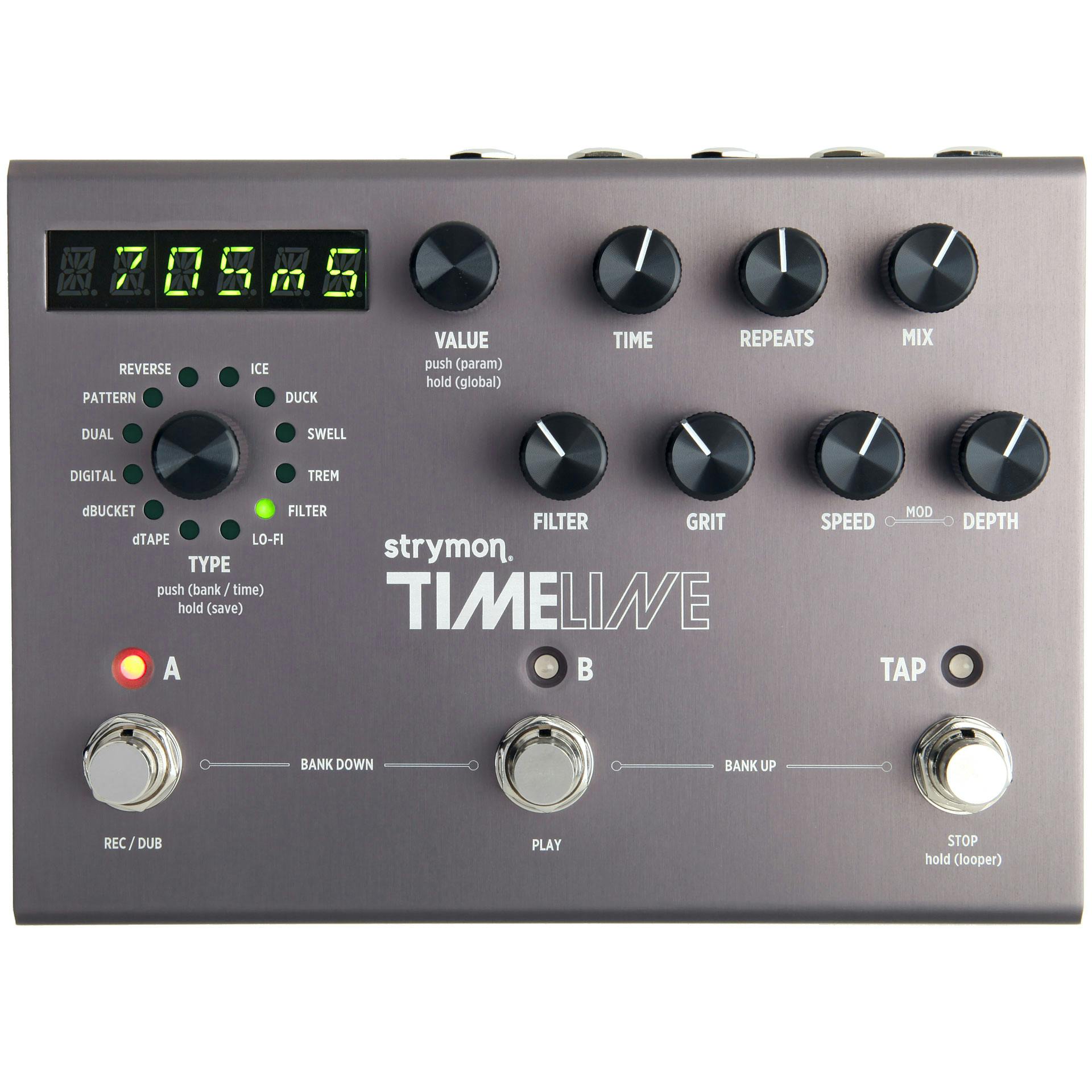
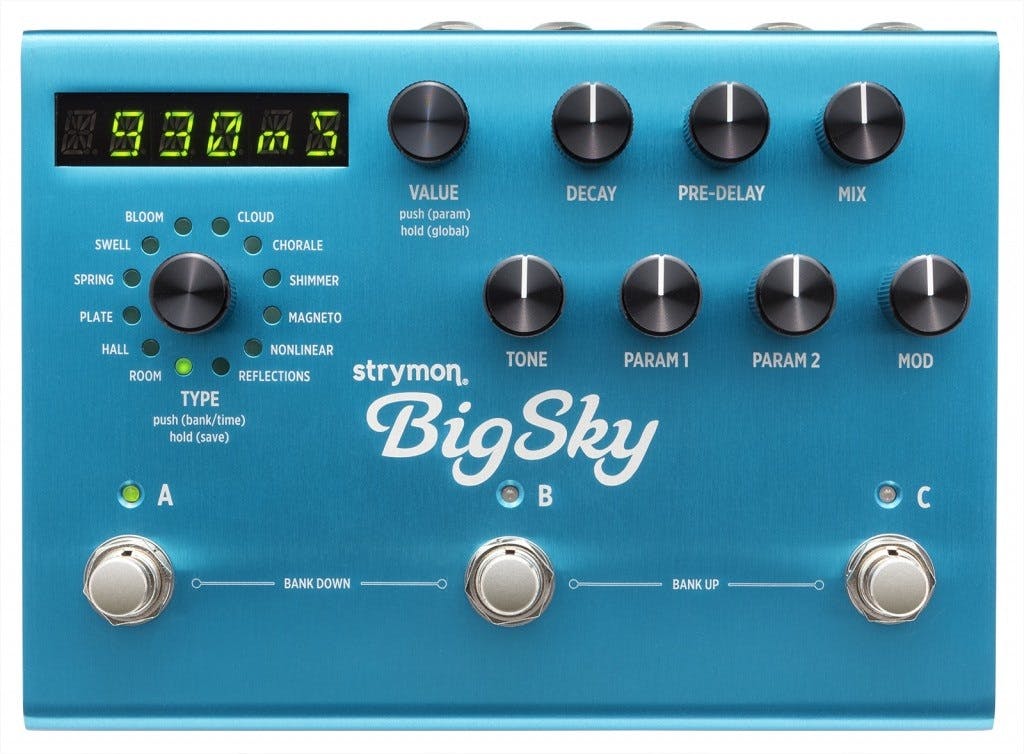

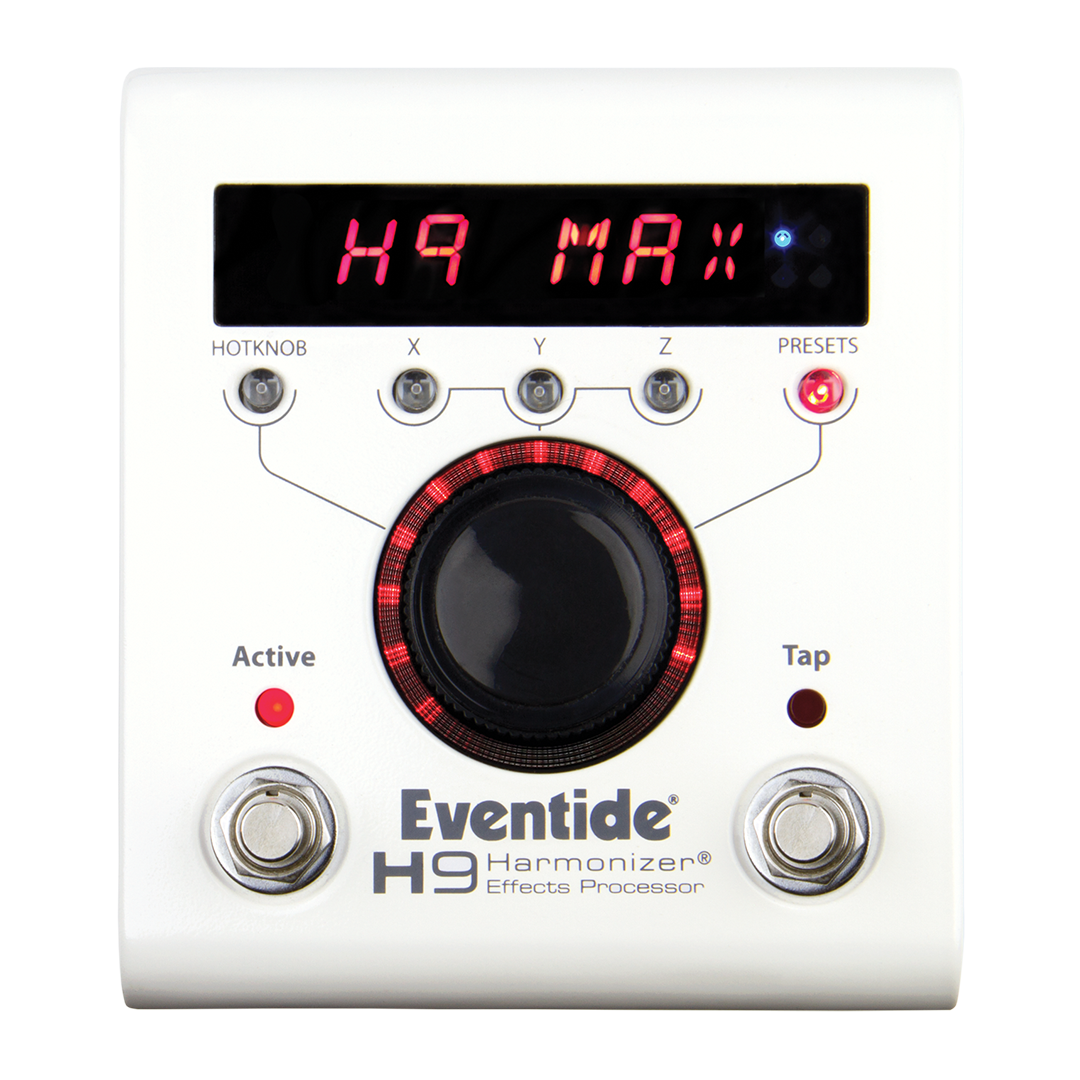



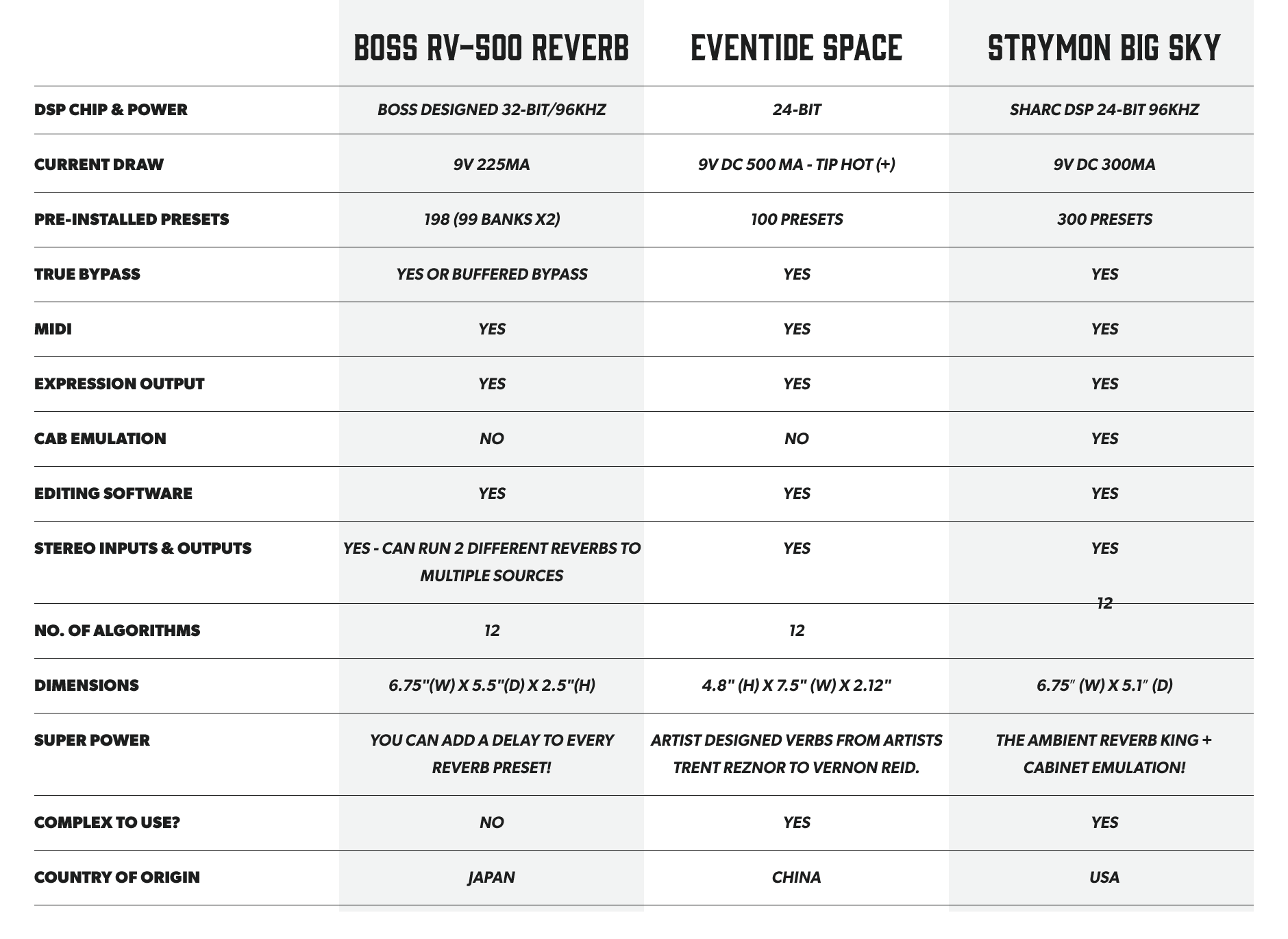
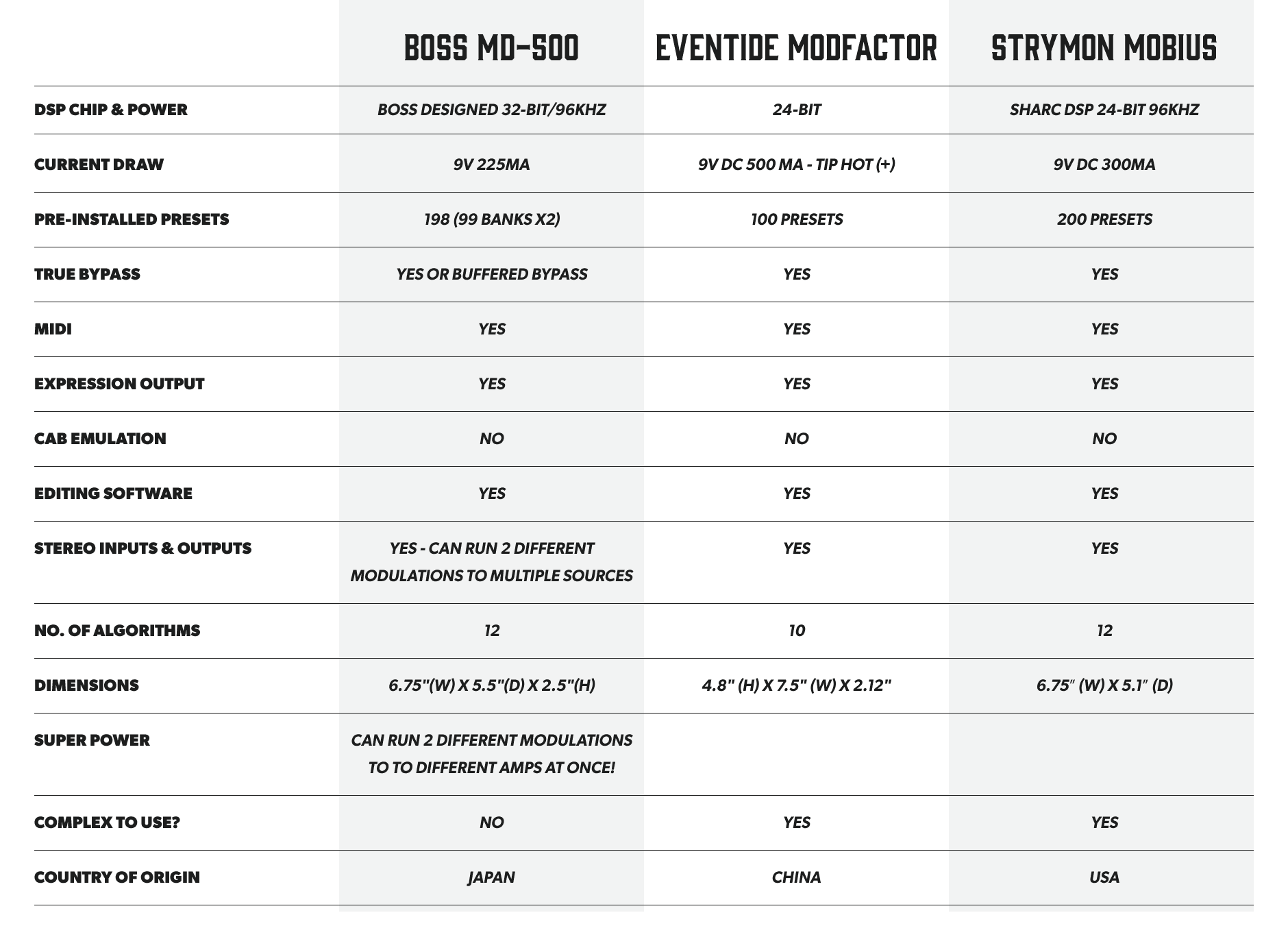

Responses & Questions